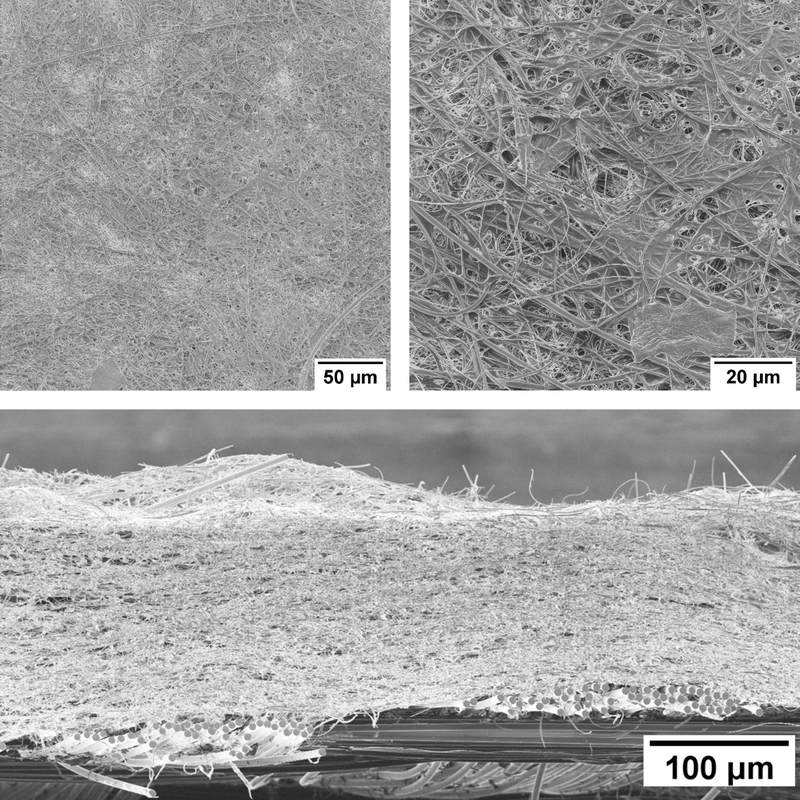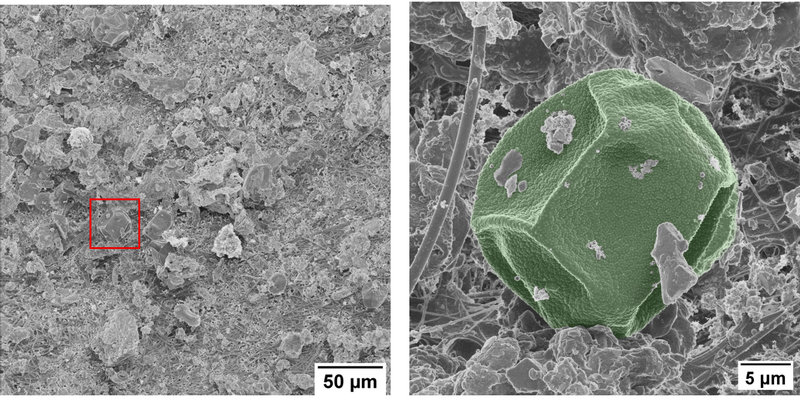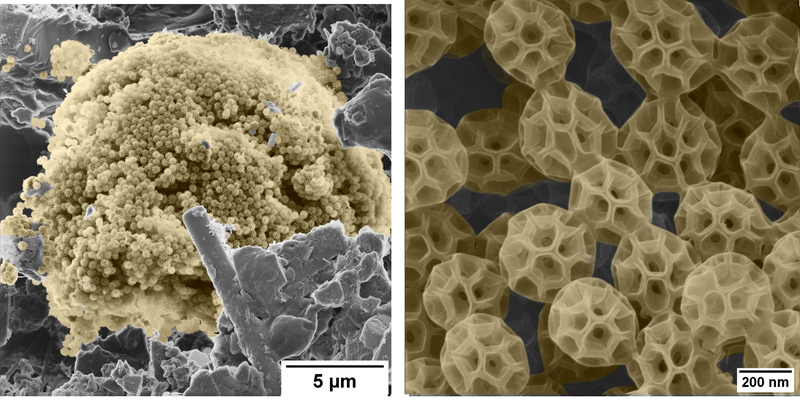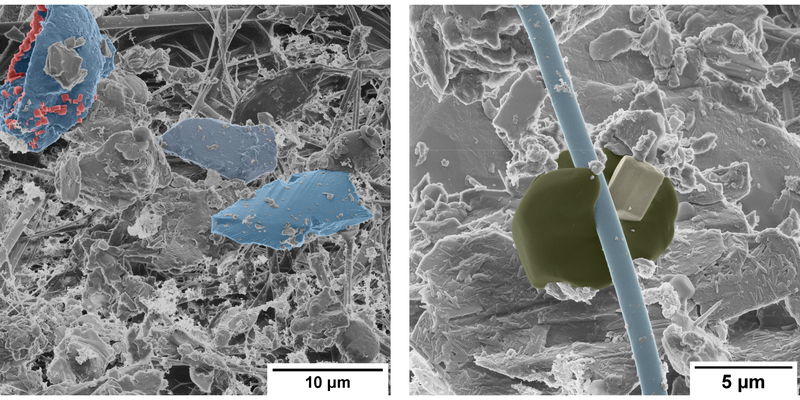Using ion beams to see what’s in the air
Dec. 21, 2022
We previously tried to use optical microscopy to see what was on a filter that captured Melbourne’s air for a week. While we could see that the filter was capturing “material” it was difficult to make out any detail.
To see things at higher magnifications we need to switch to a microscope that uses beams of charged particles to illuminate materials. Commonly these are electron beams or ion beams, and the instruments are called a scanning electron microscope (SEM) or helium ion microscope (HIM).
We are going to use both while looking at these filters, but we don’t need to labour on the differences between the two, just that each gives us new benefits and capabilities.
First of all, we will use a microscope developed by Zeiss called an ORION NanoFab HIM (Figure 1). It is one of only four in Australia and is located at the University of Melbourne Materials Characterisation and Fabrication Platform (MCFP). Unlike optical microscopes, it can take images at the sub-nanometre scale (that’s one-millionth of a millimetre or 0.0000001mm).

Figure 1: Dr Anders Barlow loading a sample into the Zeiss ORION NanoFab helium ion microscope (HIM)
Dr Anders Barlow had another look at the clean filter using the ORION NanoFab HIM (Figure 2). What you now see is that the filter is a woven glass fibre mesh that can filter large particles while providing mechanical strength to the entire filter. On the surface is a mat of very fine polymer strands that help filter very small particles. While you cannot see through the filter, at this magnification the filter looks quite porous, as it must be for air, but not particles, to pass through.

Figure 2: The surface (top) and cross-section (bottom) of an unused air filter imaged on a Zeiss ORION NanoFab helium ion microscope (HIM). The combination of large but strong glass fibre weave and dense polymer mat coating gives the filter its efficiency.
Now let’s look at a filter that has been collecting material in Melbournes air for a week (Figure 3). Of course, the difference is quite staggering, and we see a large amount of foreign matter has been captured by the filter (not surprising given the visual colour difference after use!).
There are some large round particles that are immediately apparent. These are those infamous pollen grains that Melbourne Pollen count daily during hay fever season to provide the forecast

Figure 3: The surface of a used air filter, imaged on a Zeiss ORION NanoFab helium ion microscope (HIM), covered and filled with lots of foreign matter (left) and a close-up of a pollen grain sitting on the surface (right).
When we zoom in even further (Figure 4), we can see other much smaller particles that are around 300nm in diameter. (that’s on 0.0003mm). It is difficult to know what these oddly shaped spherical and highly sculpted particles are.

Figure 4: Dense bundles of very small particles with interesting soccer-ball like spherical shapes. Pay attention to the scale bars in these images. While the complete bundle on the left has a similar size to a single pollen grain, the individual particles themselves are significantly smaller, only about 300nm.
We also see lots of sharp edged, angular looking structures, as well as rods and fibres/shards (Figure 5). These are likely going to be inorganic materials that have been picked up by the wind and could be simply soil/sand from the surface of the ground, or salts from ocean spray that has carried inland from the coast.

Figure 5: Inorganic material is often characterised by sharp, angular edges and shapes, like these.
And there are some tremendously small particles present as well. Some of these are only 10’s of nanometres across (one millionth of a millimetre, 0.000001 mm), a thousand times smaller than your hair.
These could be some of the most challenging particles to identify since they are so very small. But they could be pollutants like carbon-based combustion products, like smoke from car exhaust for example or perhaps even microplastics.
But to identify what these very small particles are made from and to understand where they may have come from, we need some more scientific instrumentation.
Stay tuned for what we find out in the next step.


